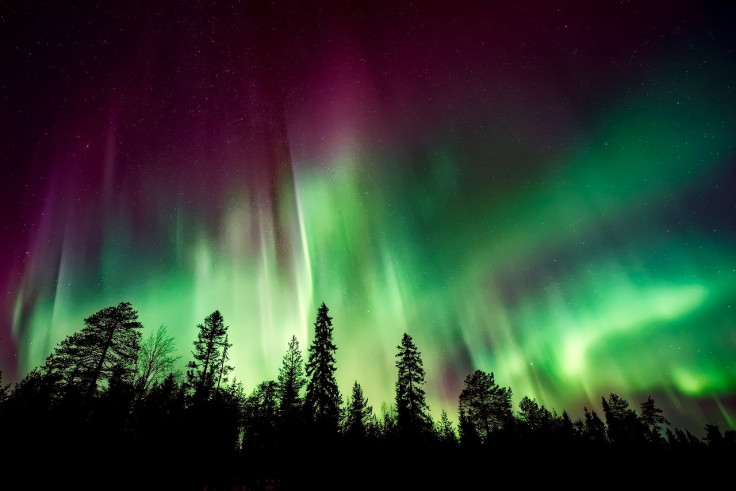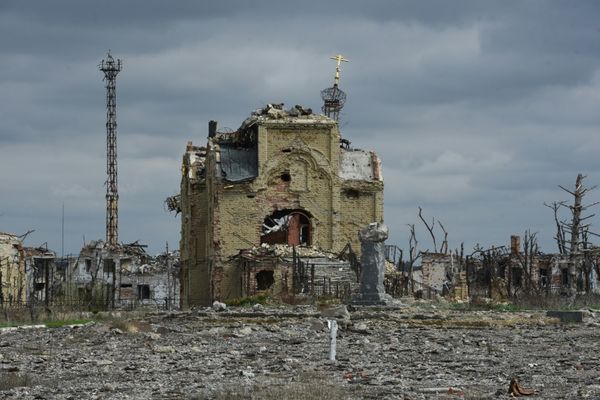
A strong geomagnetic storm veering towards Earth may usher in the spectacle of northern lights in the upper fringes of the U.S. on New Year's Eve.
An event of a plasma Sunday burst led to the storm, which was expected to arrive in the U.S. on Monday, according to the National Oceanic and Atmospheric Administration (NOAA), reported the Associated Press.
As a result, vibrant auroras will be possible above the horizon overnight on Tuesday in Alaska, Washington, Montana, North Dakota, South Dakota, Minnesota, Wisconsin, Michigan, New Hampshire, Vermont and Maine. Parts of Oregon, Idaho, Wyoming, Iowa, and New York also stand a chance to witness a kaleidoscope of colors in its skies.
The best time to see the aurora display is early Tuesday morning when the sky is still dark, a NOAA space weather forecaster Shawn Dahl said.
Updated forecasts about the light show will be available on the NOAA Space Weather Prediction (SWPC) Website.
Scientists at NOAA's SWPC and NASA are closely tracking a recent surge in powerful solar flares emanating from volatile sunspot regions.
"Analysis is currently underway to determine if there was an associated coronal mass ejection, and any potential impacts," SWPC officials wrote in an update.
On Dec. 29, three strong X-class solar flares were spotted by NOAA's Solar Ultraviolet Imager, indicating a notable increase in solar activity.
The Sun emitted three strong solar flares on Dec. 29, peaking at 2:18am, 11:14pm, and 11:31pm ET. The National Oceanic and Atmospheric Administration’s Solar Ultraviolet Imager captured images of the events, which were classified as X1.1, X1.5, and X1.1. https://t.co/iAjDFBwLnt pic.twitter.com/VeX4jHJNn3
— NASA Sun & Space (@NASASun) December 30, 2024
Northern lights and solar flares are becoming more frequent and intense due to the sun's current 11-year cycle peak. Finding a location away from bright city lights and looking immediately after sunset or before sunrise are the best times to see the aurora display.
Faint indications of the aurora that are invisible to the human eye may be captured in a picture taken with a smartphone camera. NOAA is keeping an eye out for any possible radio communications interruptions during this busy solar phase, which is predicted to last for at least another year.
Skywatchers were captivated by two powerful geomagnetic storms in 2024, which was an extraordinary year for celestial happenings. The biggest storm in more than 20 years was the unusual severe geomagnetic storm warning that NOAA issued in May. Throughout the Northern Hemisphere, this phenomenon resulted in stunning light displays.







